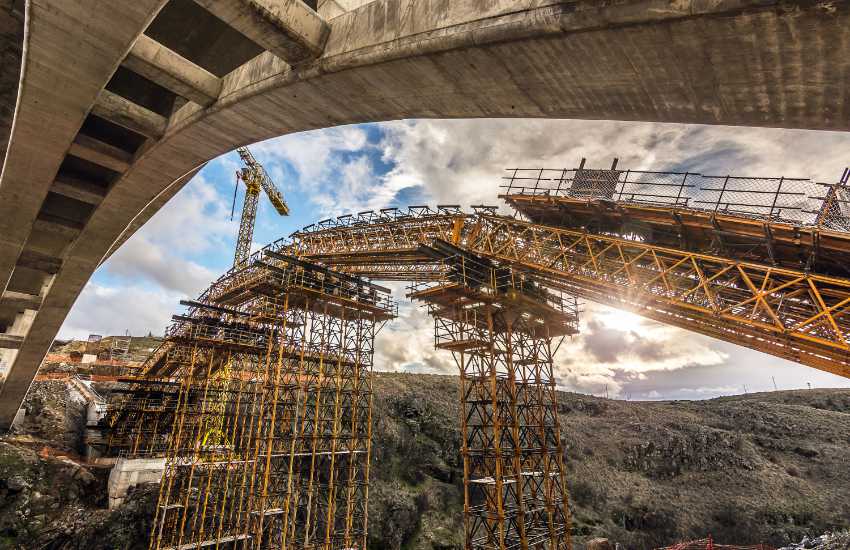World Bank Explores Tokenizing Infrastructure Projects – Ledger Insights

[gpt3]rewrite
The World Bank has published a report exploring blockchain for infrastructure projects such as roads, power plants and renewable energy projects. The authors aim to help the World Bank decide whether to conduct a proof of concept tokenized security to test the waters.
Tokenization to help the infrastructure funding gap
The Global Infrastructure Hub estimates a $15 trillion funding gap for infrastructure projects between 2018 and 2040. Around $3-4 trillion is spent annually on infrastructure, with governments covering most of it. In 2019, private investment in infrastructure through primary issues amounted to only 106 billion dollars. With COVID stretching state budgets, there is a desire to tap into more private funding sources.
However, many public infrastructure projects have minimum investment sizes of $1 million, making them available only to high-net-worth institutions or individuals.
Blockchain can potentially help infrastructure projects in two very different ways. One is to help with the funding gap by tokenizing infrastructure securities, either debt or equity. Using blockchain could reduce the cost of issuance, although a special purpose vehicle would still be required. It could potentially democratize access by making it more accessible to a wider range of investors.
Another application is to use blockchain’s transparency for budget-level infrastructure project management. This involves sharing data around purchase orders and invoicing between subcontractors and contractors to reduce the potential for disputes.
Democratizing access with blockchain tokenization
Most of the report focuses on the potential of blockchain applied to finance. It finds significant challenges, especially on the regulatory front.
That’s partly because only a few jurisdictions have clarified the treatment of tokenized securities. And even in these cases, the requirement that access be restricted to accredited investors for certain types of securities is always unchanged.
While the paper focuses on tokenized securities rather than crypto, it is aimed at the crypto community, focusing on public blockchain and distribution via DeFi and crypto exchanges.
However, few crypto exchanges are licensed to deal in securities. Although targeting retail investors is difficult, lowering the minimum investment can significantly expand the investor base, even for accredited investors who can access it through regulated venues. Public blockchain is seen as a better path for fractionalization.
The article does not address the adoption of tokenization by the incumbent regulated sector. It mentions the World Bank Blockchain Bond, which was groundbreaking at the time and used a permissioned blockchain.
“Tokenization cannot deliver on many of its value propositions when fully compliant with relevant financial regulations, at least at the time of writing this report,” the authors write.
Nonetheless, it suggests that the World Bank should consider launching a proof of concept to help drive change in financial regulation and demonstrate leadership in blockchain technology. In addition, it will gain experience interacting with the “crypto ecosystem”.
Meanwhile, companies are targeting this sector, such as Pontoro in the US and European Silta Finance, whose co-founder wrote an opinion piece on Ledger Insights a few years ago.
[gpt3]

























